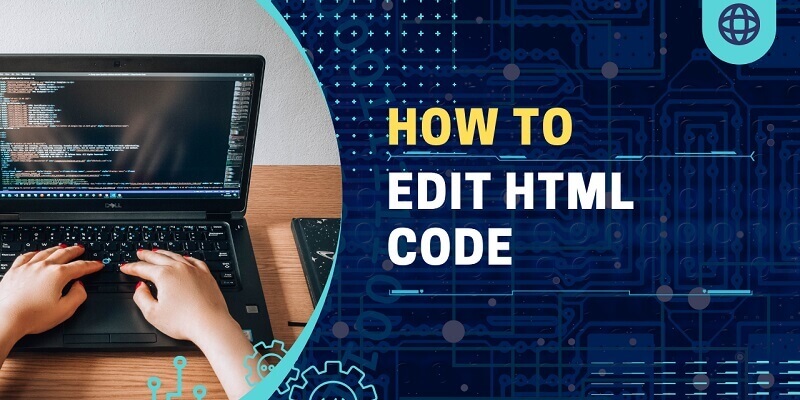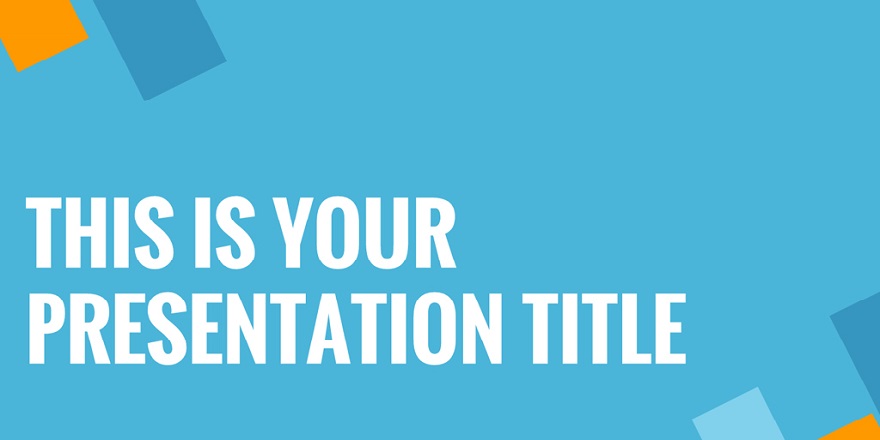HTML (Hypertext Markup Language) is the backbone of the web, enabling the creation and presentation of content on websites. Whether you’re a beginner or an experienced web developer, editing HTML code is an essential skill. In this article, we’ll guide you through the process of How to Edit HTML Code.
Moreover, we will talk about its basic structure to mastering best practices and avoiding common mistakes. Also, you can customize your web pages to suit your needs, fix errors, or enhance their performance. So, let’s dive into the world of HTML editing.
Understanding HTML
Before you start editing HTML code, it’s essential to understand the fundamental elements of HTML.
Basic structure of HTML
HTML follows a specific structure that consists of an opening <html> tag and a closing </html> tag. Between these tags, you’ll find the <head> and <body> sections, where you define metadata and content, respectively.
Tags and elements
HTML is based on a system of tags that define the elements on a webpage. Tags are enclosed in angle brackets, such as <tag>. Each tag serves a specific purpose.
Attributes
HTML tags can have attributes that provide additional information or modify their behavior. Attributes are written within the opening tag and consist of a name and a value. For example, the <a> tag uses the href attribute to specify the destination URL.
Tools for Editing HTML
To edit HTML code, you’ll need a suitable text editor or integrated development environment (IDE). You can also check our detailed article on Best Free HTML Editors for more clarity.
Editing HTML Code
Now that you’re equipped with the necessary tools, let’s explore the process of editing HTML code.
- Opening an HTML file: To edit an existing HTML file, open it in your chosen text editor or IDE. Alternatively, you can create a new HTML file from scratch.
- Modifying text and content: HTML files consist of text that is displayed on the webpage. To make changes, locate the relevant text within the HTML tags and edit it directly.
- Adding and formatting elements: To add new elements to your webpage, insert the appropriate HTML tags at the desired location. Apply formatting using CSS or inline styles to control the visual presentation.
- Working with attributes: Attributes provide additional instructions or information about HTML elements. To modify an attribute, locate the corresponding element and change the attribute value.
HTML Best Practices
To ensure your HTML code is clean, efficient, and SEO-friendly, follow these best practices:
- Proper formatting: Maintain line breaks to enhance code readability. Use tabs or spaces to align tags and elements properly.
- Consistent naming conventions: Adopt a naming convention for classes, IDs, and other attributes to make your code more organized and maintainable.
- Validating your HTML: Validate your HTML code regularly using online validators. This ensures your code adheres to the HTML specifications and avoids potential errors.
- Optimizing for SEO: To improve search engine optimization (SEO), use descriptive tags and appropriate heading tags. Also, optimize your images by adding ALT attributes and ensure your website loads quickly.
Common HTML Editing Mistakes
Even experienced developers can make mistakes when editing HTML code. Here are a few common mistakes to watch out for:
- Forgetting to close tags: Missing or improperly closed tags can cause unexpected layout issues on your webpage. Moreover, always ensure that every opening tag has a corresponding closing tag.
- Incorrect nesting of elements: Elements should be nested correctly to maintain the intended structure of your webpage. Also, be cautious when placing elements and ensure proper opening and closing orders.
- Improper attribute usage: Using attributes incorrectly or assigning incorrect values can lead to unexpected behavior. So, double check the syntax and purpose of each attribute before applying them.
Conclusion
Editing HTML code is an essential skill for web developers and website owners alike. So, with a solid understanding of HTML’s basic structure and best practices. You can confidently edit and optimize your web pages. Remember to regularly preview and validate your changes to ensure a smooth user experience.
Frequently Asked Questions
Can I edit HTML code with any text editor?
Yes, you can edit HTML code with any text editor that supports plain text editing. However, using a specialized text editor or IDE offers additional features.
How do I add CSS to my HTML code?
To add CSS to your HTML code, you can link an external CSS file or apply inline styles directly within HTML elements.
Is it necessary to validate my HTML?
Validating your HTML code helps ensure it follows the correct syntax and adheres to web standards.



